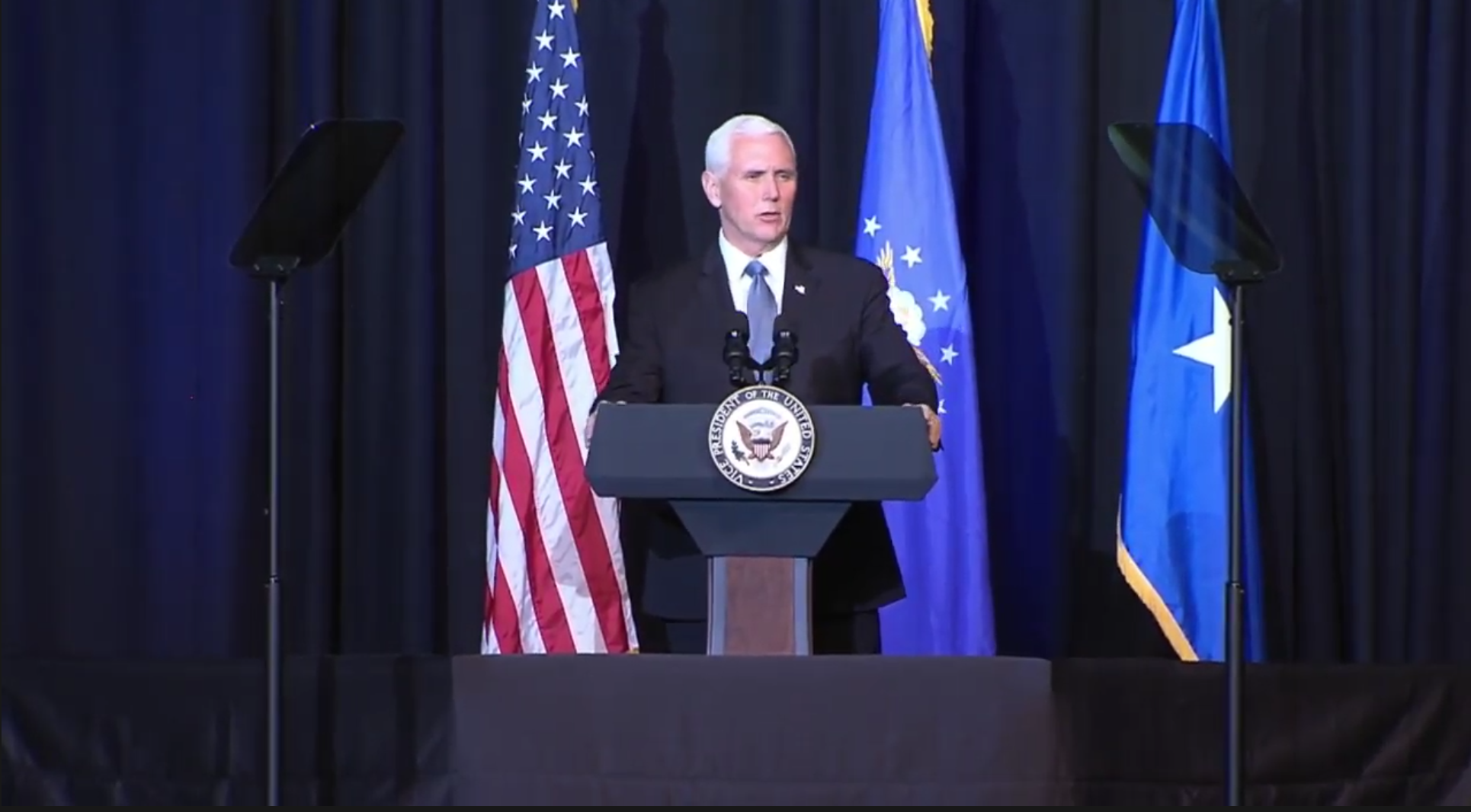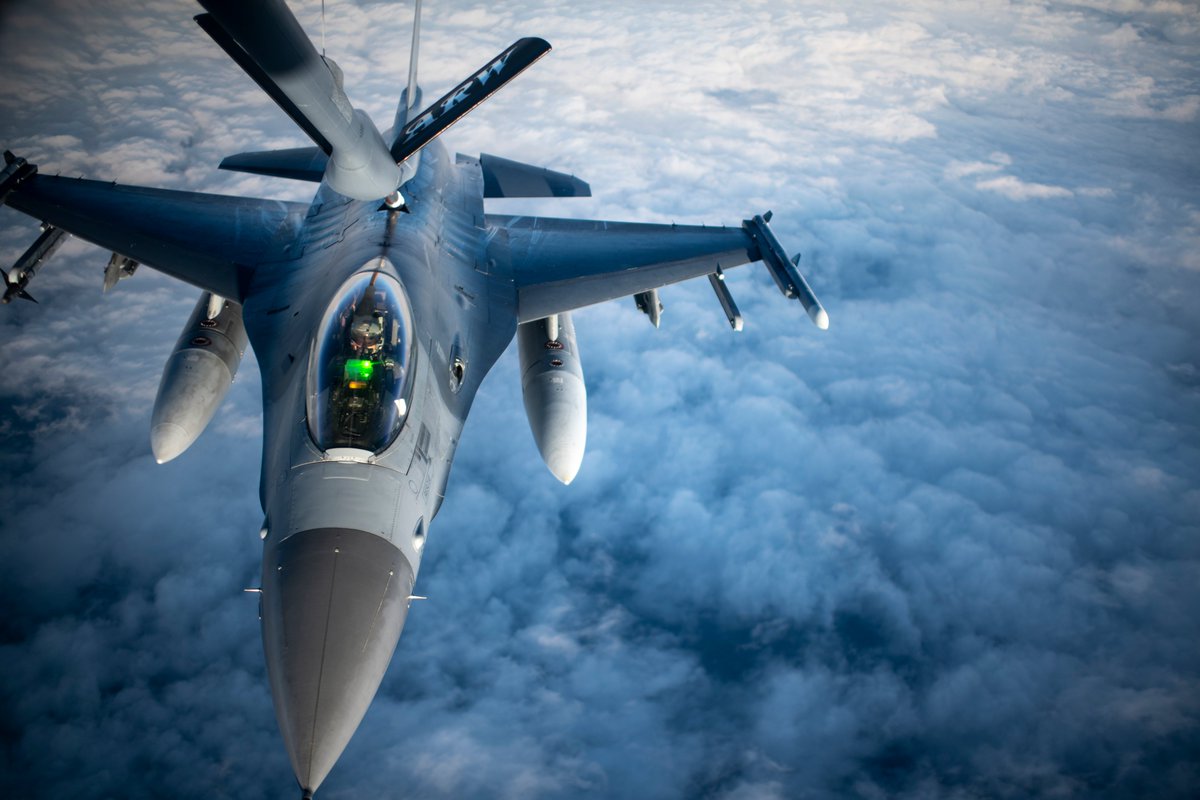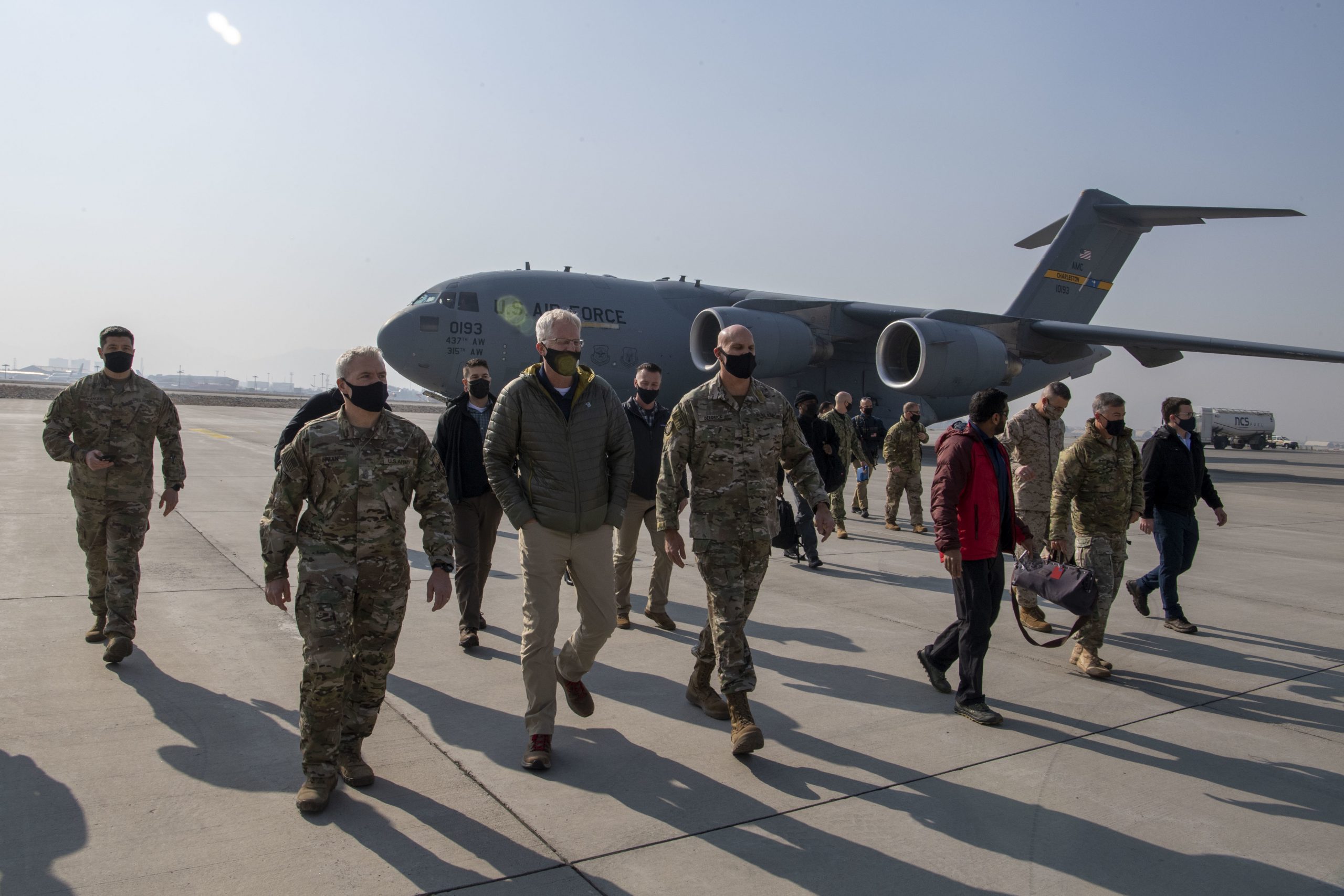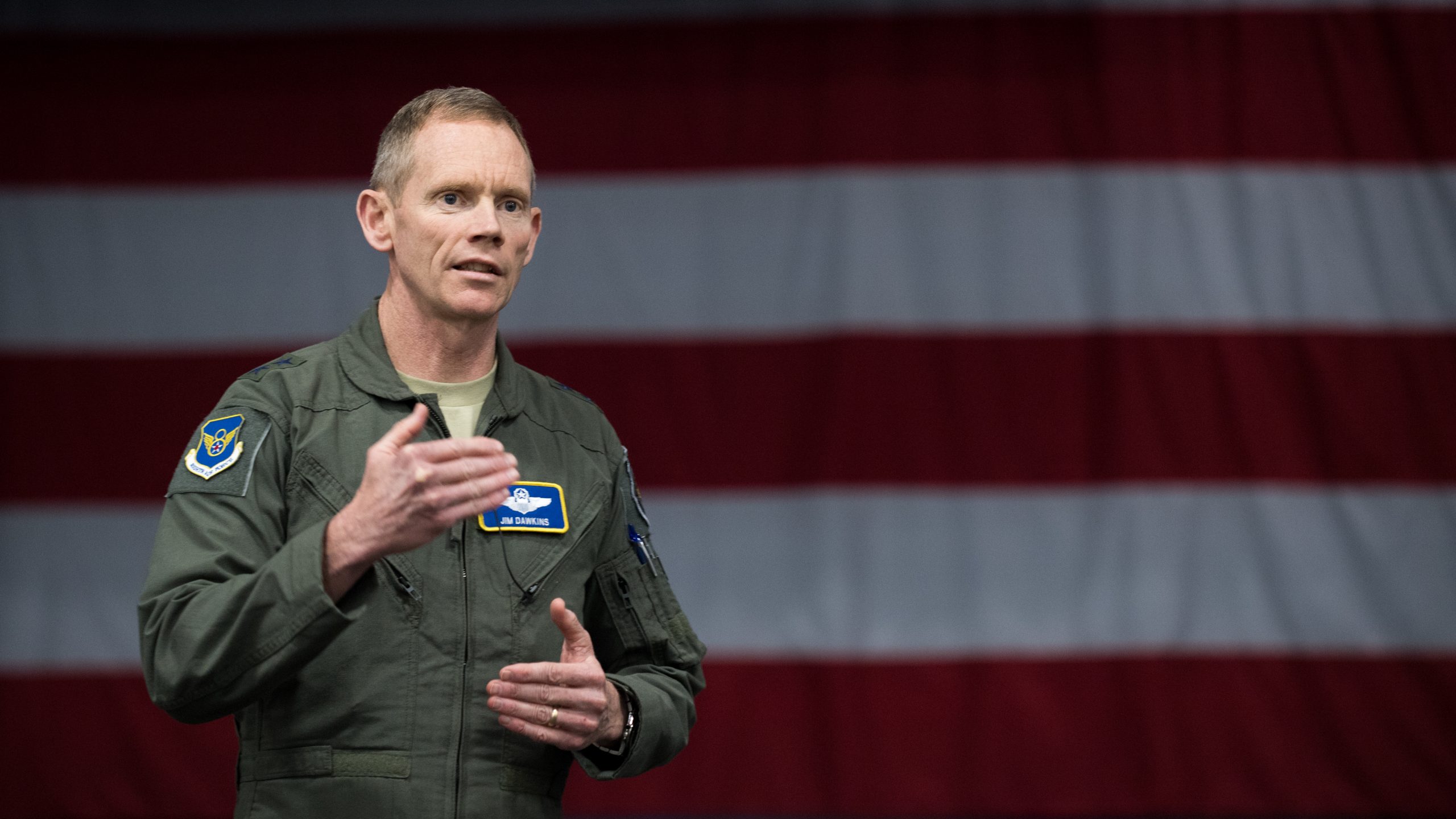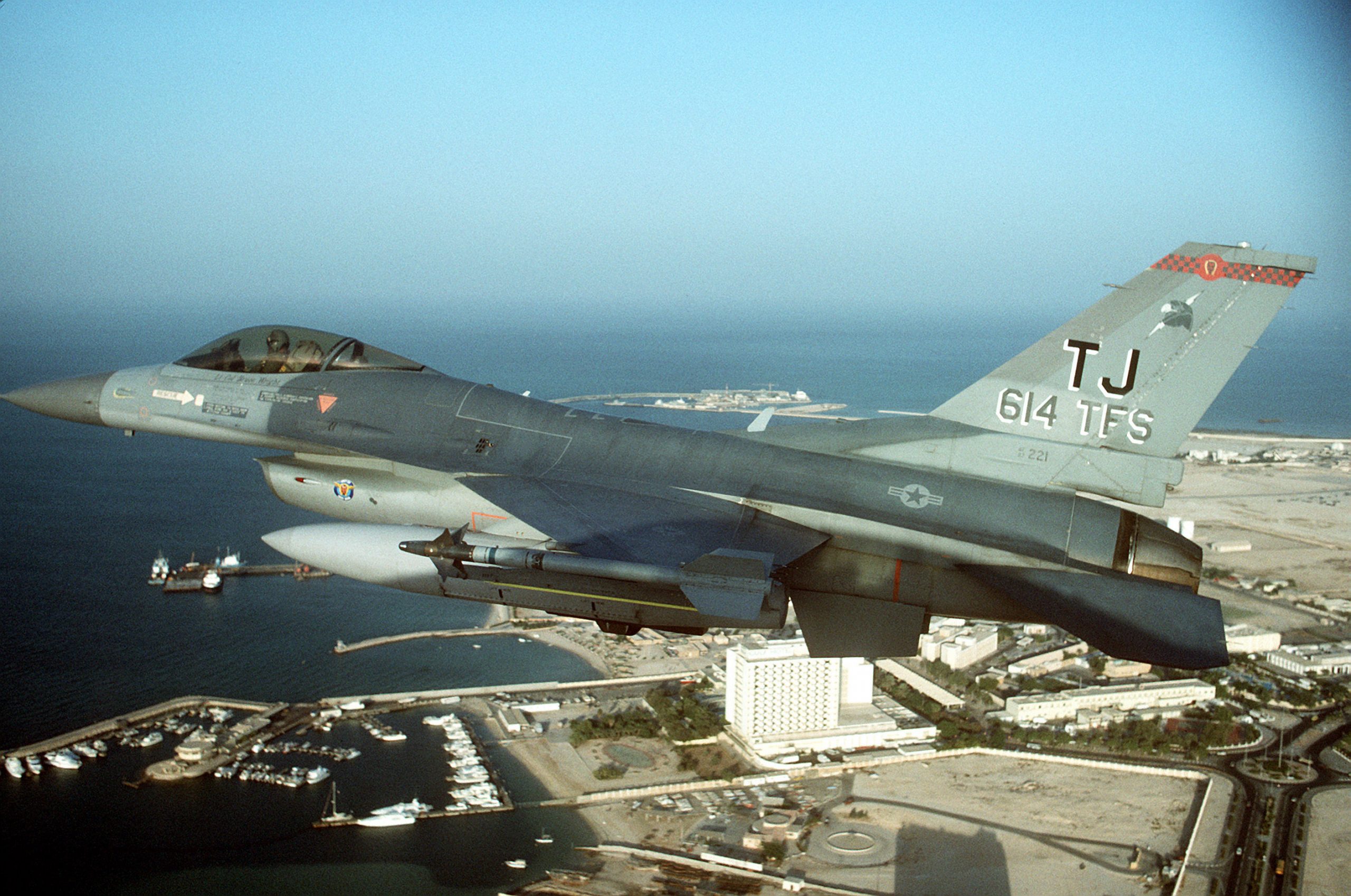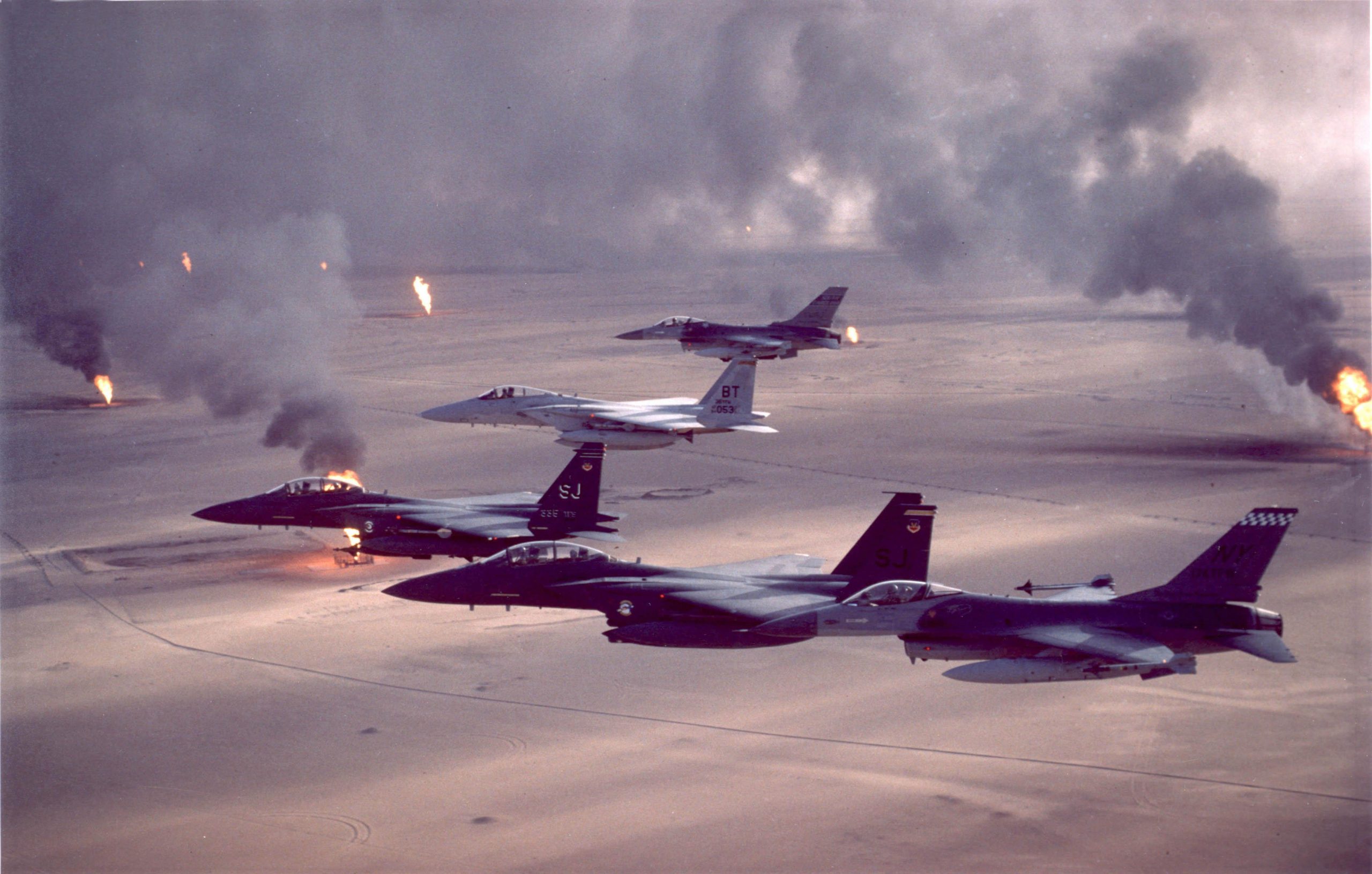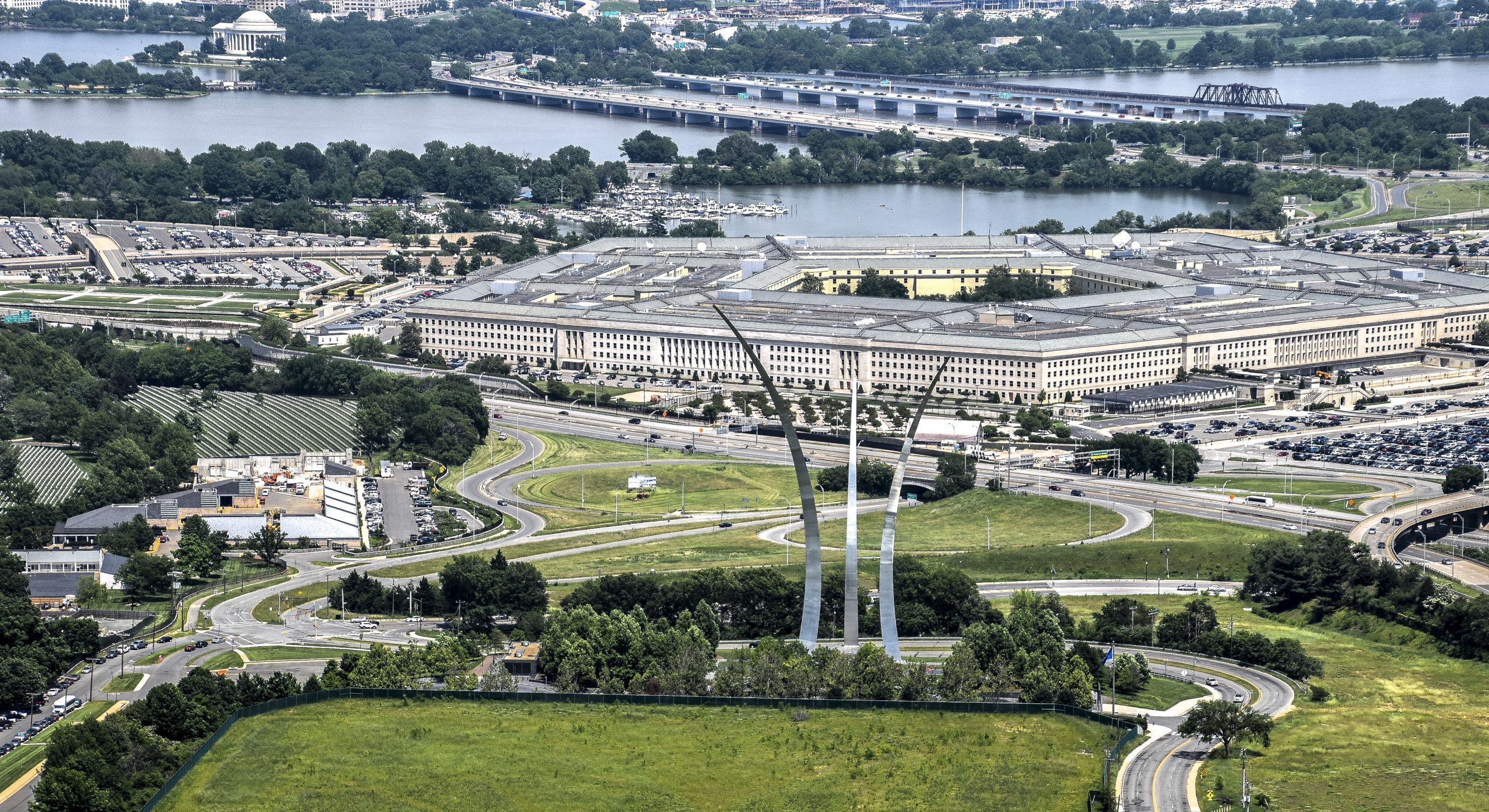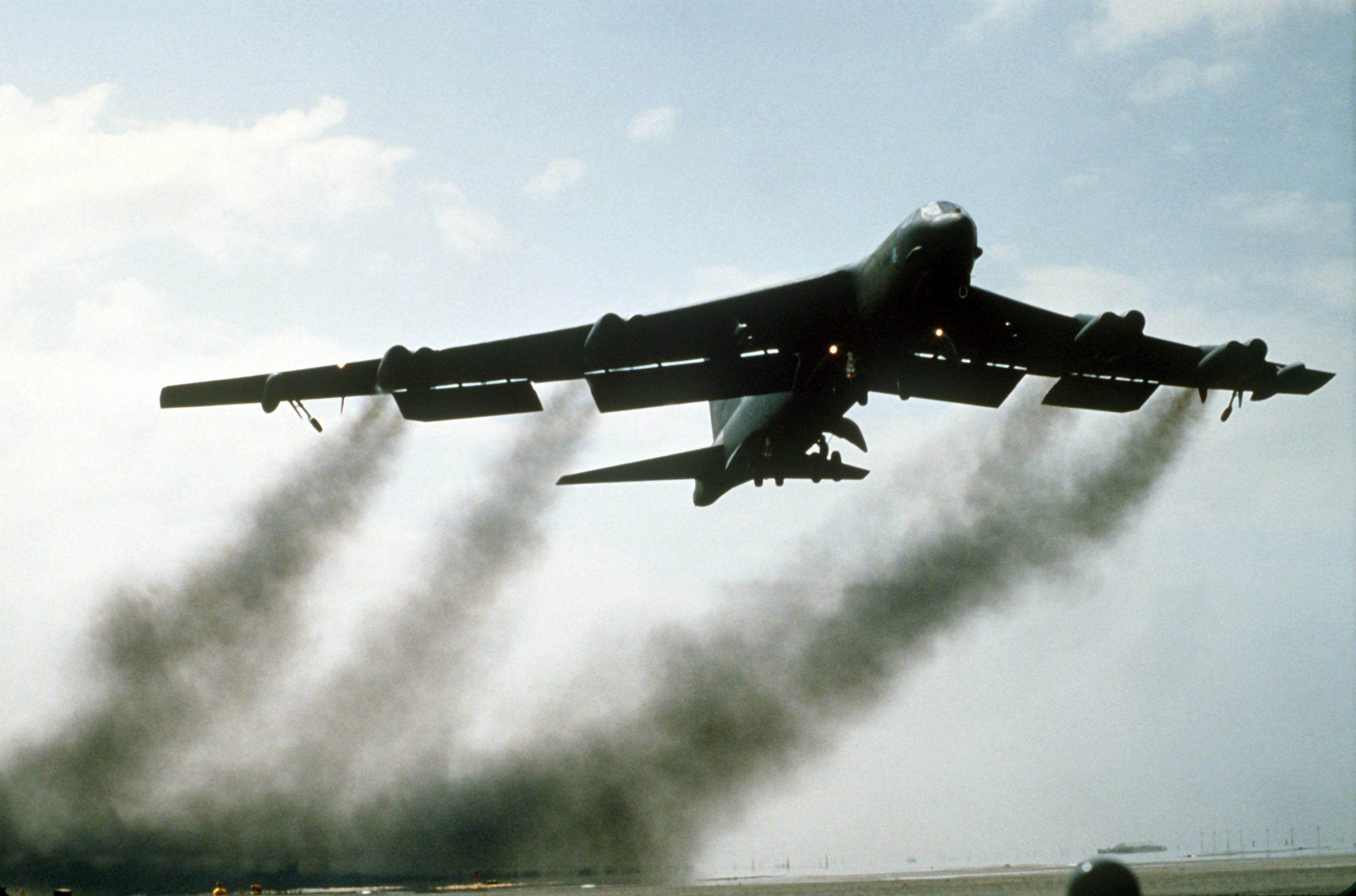Vice President Mike Pence honored the life, career, and character of World War II ace and renowned Air Force test pilot Charles E. “Chuck” Yeager at a Jan. 15 memorial service in Yeager’s home state of West Virginia.
“What generations of our family have in common is that we’ve all been inspired by the life and the service and the heroism of Gen. Chuck Yeager,” Pence said of the retired brigadier general. The Vice President is the father of a Marine Corps fighter pilot and the father-in-law of a Navy fighter pilot.
“Yeager has been an inspiration to every American pilot, and will be throughout time. In fact, the crew of the cockpit of Air Force Two told me this morning before we took off from Andrews Air Force Base how deeply honored they were to have the privilege to carry Gen. Chuck Yeager on his last flight back home to West Virginia,” Pence said.
A pool report said Pence flew to West Virginia from Joint Base Andrews, Md., with Air Force Vice Chief of Staff Gen. David W. Allvin and Yeager’s widow, Victoria.
Yeager, who died in December at age 97, is known for being the first person to fly faster than the speed of sound in level flight. Pence also praised him as a dedicated husband and father.
“Chuck Yeager lived a great American life,” Pence said. “He raised a wonderful family, he served his country in uniform for more than 30 years, and he pushed the boundaries of what we understood as possible in his time. But it all started by the banks of the mud, barely an hour from where we stand today.”
Pence went on to recite the poem “High Flight” by John Gillespie Magee, Jr., a poet and pilot who flew with the Royal Canadian Air Force and died in 1941 in a midair crash at age 19, according to the National Museum of the U.S. Air Force.
Last month, the Vice President said during a ceremony at Cape Canaveral Space Force Station, Fla., that the Trump administration would look into dedicating a military installation to Yeager.
“[President Donald J. Trump] directed me to begin immediately to identify future Space Force bases that can be renamed in the honor of the service and character and leadership of Gen. Chuck Yeager, and so we will do,” Pence said Dec. 9.
He did not mention base renaming at the memorial service.
Yeager’s memorial also included pre-recorded messages from Yeager’s friends and acquaintances.
Later in the service, Victoria Yeager shared highlights of their love story, from meeting during a hike, to visiting Afghanistan together in 2012, to his loyal attendance at her personal flying lessons back home.
Yeager, she said, challenged her perceptions of how much happiness one could actually find in marriage, noting that she “hadn’t seen it before.”
“Don’t let your children forget, your grandchildren, your great-grandchildren on down the line, who this man is, who he was, and all that he has done,” she said.

